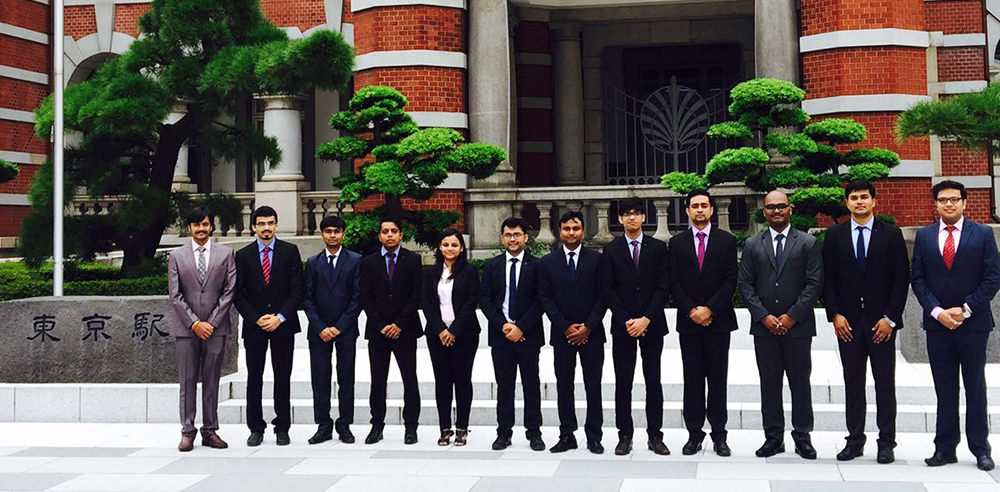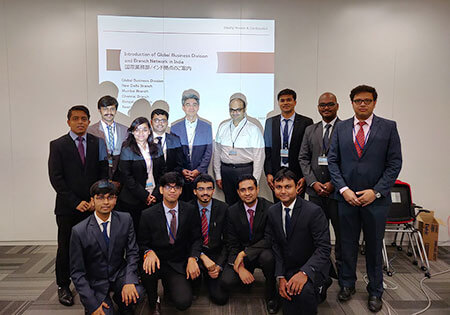
What is the first thing that generally comes to our minds when we refer to a developed country? A clean city, high-rise buildings, skyscrapers, technological advancement and a fast life? Well, Japan encompasses all of these and many more which make it unique in itself.
People often say that the population explosion in India is the main reason for providing friction to its development. A visit to Japan proved how futile an argument it is. Congestion in Tokyo roads during office time is comparable to any other Indian megacities. But still, they manage to be on time (where punctuality goes in seconds). What are the reasons behind it? Is it only because of advanced technology? Well not. Strict discipline and adherence to rules shown as a collective unit are equally responsible for increasing the quality of public service and in a way normalize the civil behavior shown in public. One such example is when people go for an escalator, it is an untold rule to stand on the left side so that the ones who are really in a hurry can take the right side of the escalator and climb at the same time the escalator is moving. There is a structure to the construction of stations and simply following the directions and rules ensures that the mass reaches their destinations on time. Japan is no doubt a unique example where implementation of technology is properly synchronized with human nature so as to make people follow a standardized procedure in the day to day activities of life and reap benefits from it as a whole.
 The emergence of private powerhouses of the likes of Toyota and Nissan in the automobile industry to the likes of Seven Eleven are shining examples of standardization and the amount of research, detailing and the sensitive thinking of human behaviour that goes at the backend before a product is launched. For example, certain products of Seven-Eleven, which are meant for immediate consumption are packaged in a way where the mouth of the opener is of the proper measurements (obtained through research) so that the consumers do not have a spill over when they consume the product. Another example in the form of Toyota where the standardization of several activities in an assembly has reached such a height that the time taken for the production of two units from the welding area in a pipeline is as less as 150 seconds.
The emergence of private powerhouses of the likes of Toyota and Nissan in the automobile industry to the likes of Seven Eleven are shining examples of standardization and the amount of research, detailing and the sensitive thinking of human behaviour that goes at the backend before a product is launched. For example, certain products of Seven-Eleven, which are meant for immediate consumption are packaged in a way where the mouth of the opener is of the proper measurements (obtained through research) so that the consumers do not have a spill over when they consume the product. Another example in the form of Toyota where the standardization of several activities in an assembly has reached such a height that the time taken for the production of two units from the welding area in a pipeline is as less as 150 seconds.
The organizational structure and its nature of most of the companies in Japan are vastly a traditional one, where the attrition rate of an organization is pretty low with respect to other nations in the west. People generally prefer to stay in one organization for a lifetime and loyalty towards an organization is seen as a positive characteristic to have. However, this is changing with the emergence of new age organizations in the form of Rakuten and especially when Japan is undergoing a severe crunch in human resource and they had to open doors to other countries to enrich their human strength.
On a larger picture, Japan has the solution for many problems that India is undergoing presently and with India having a large repository of young human resource, an effective symbiotic relationship between the two nations might be a reality in the recent future.

